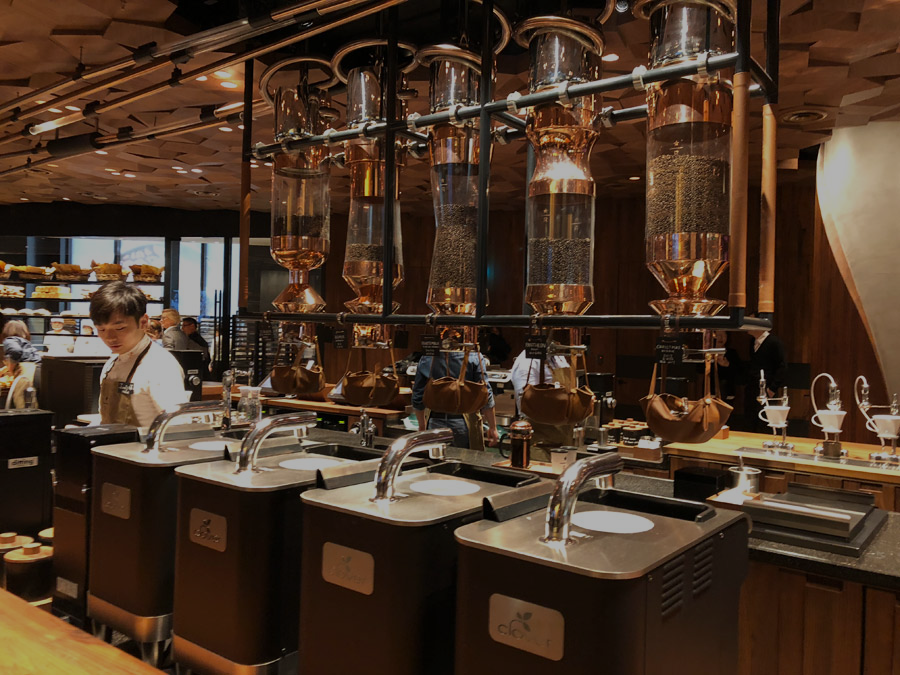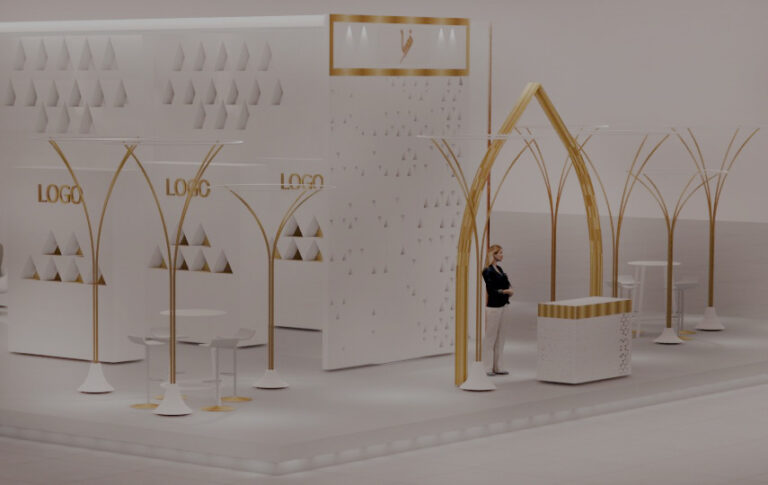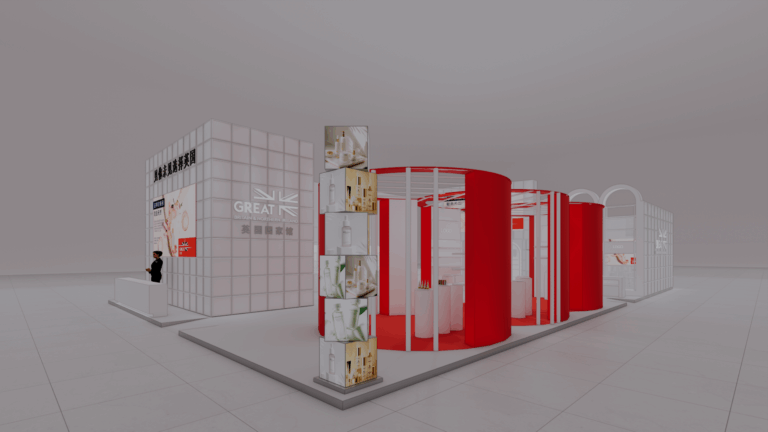About our Storytelling Series
Storytelling is a powerful tool that make audiences relate to brands through content. If brands utilize it correctly, it can educate, entertain, and engage customers. It is a great tool for building a strong brand reputation. But what is storytelling exactly? This is what we will explore in this series of articles. In the first one we would like to show how storytelling can effect emotions and through these emotions build stronger brand loyalty.
How to Connect to Consumers?
Storytelling can bring the brand to life, humanizing it through all aspects of the physical world that appeals to each of the five senses. Consumers can not only see the brand’s story, but also hear, smell or touch it. To go one step further, brands build a deeper connection to their brand story through emotions.
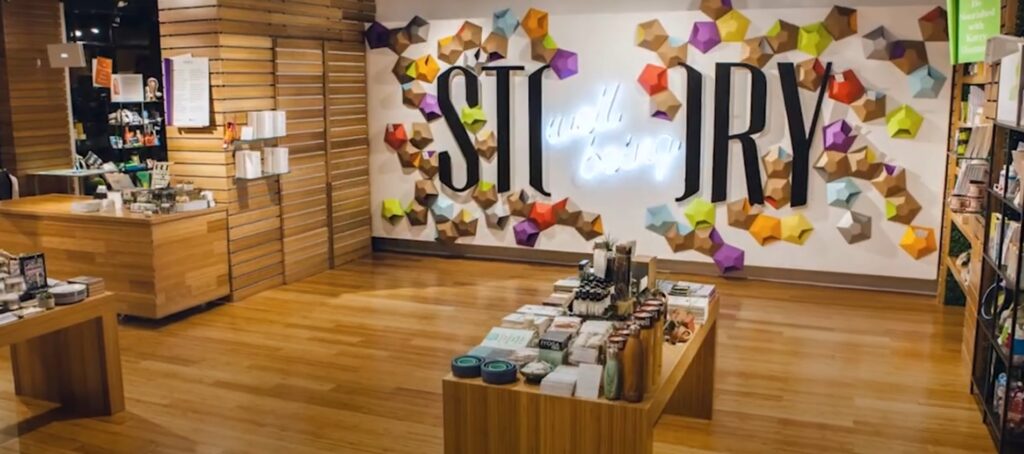
“Reinventing Retail”
“Reinventing Retail”
The ultimate goal of storytelling for retailers is to forge a strong emotional bond between the brand and its customers. Once they connect to a consumer’s heart and mind, the consumer feels this and holds a sense of loyalty making it harder for other brands to tempt them with a single offer. Using this engagement and retention tool, companies can easily communicate their brand values. Brand values can communicate a brand’s origin, objective, and distinct qualities about the ingredients and components of their products. To achieve this they have to be able to answer the following questions. What is the exact message they want to convey? Is there a statement they want consumers to believe in or a heritage they want them to be proud of? Is there anything special, or unique about the product or its ingredients? Is there a mission that the brand is striving to achieve? Are there any additional services included and is there anything interesting about the store design and merchandising?
When it comes to luxury brands, their ultimate goal is to establish connection with the customer on three different levels. The first is the connection to the brand itself, the second level is to the product, and the third level is with the sales consultant.
Best Practices
Let’s first explore some really good examples from the Chinese market starting with Starbucks. Their brand advantage is that they don’t make a story about products; they make the story about people. They make sure to connect with their customers in all possible ways from the lingo of the beverage sizes to writing customer names on the cups. By writing the names of the customers the cashier indicates a more personal contact. In the largest Starbucks in Shanghai, customers get an amusement park-like experience all while drinking their favorite Starbucks drink. Customers can walk through the store and see many processes of how their favorite coffee drink comes together. From viewing areas of fresh beans being roasted to the tubes that transport the beans directly to a barista for packaging and roasting. A large retro board displays what type of beans are currently being roasted that also shows information about taste and origin. Customers can also experience French and Italian style food and pastries that pair well with their coffee. Every aspect of the design is about creating experience through entertaining and educating customers.
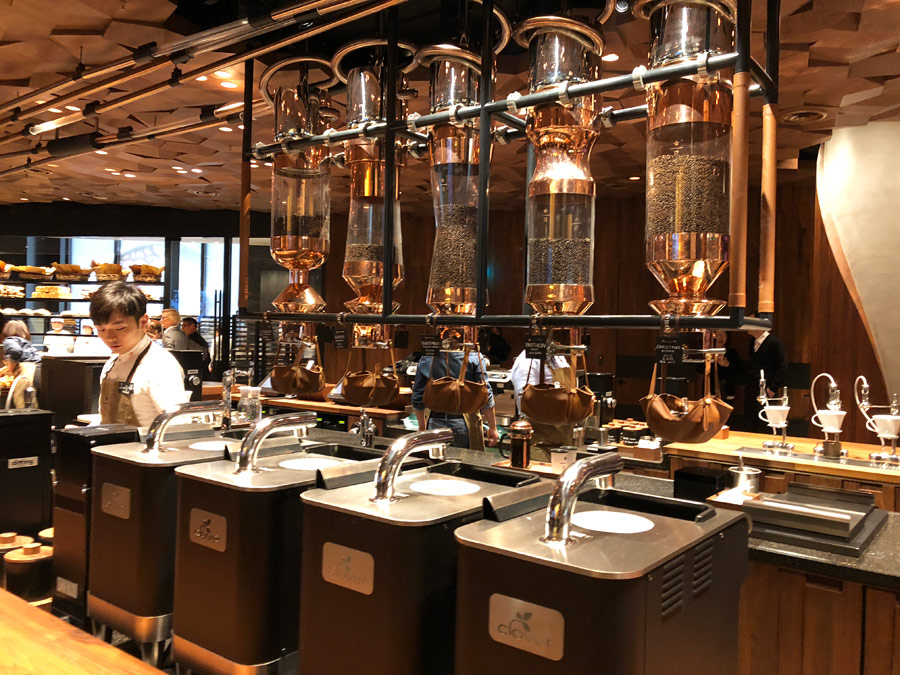
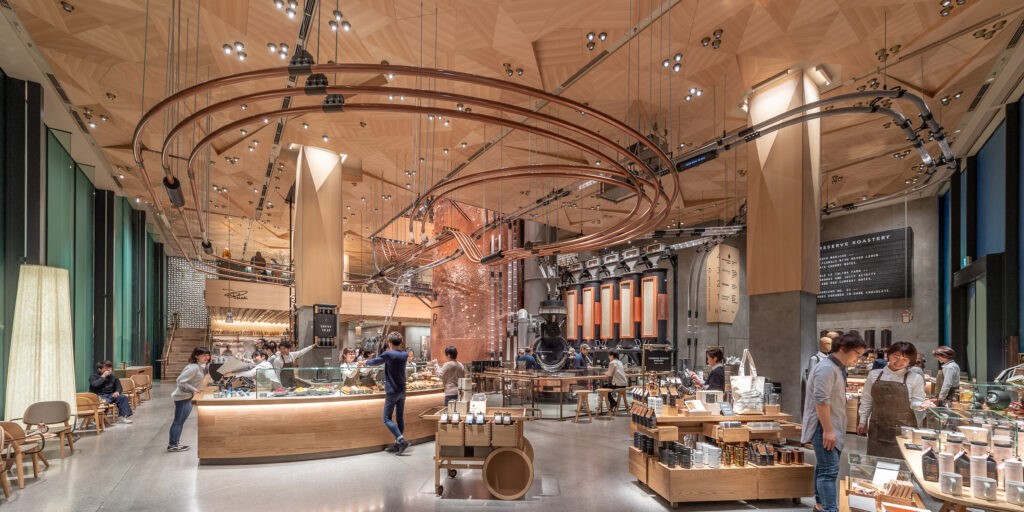
“Starbucks Reserve Roastery Shanghai”
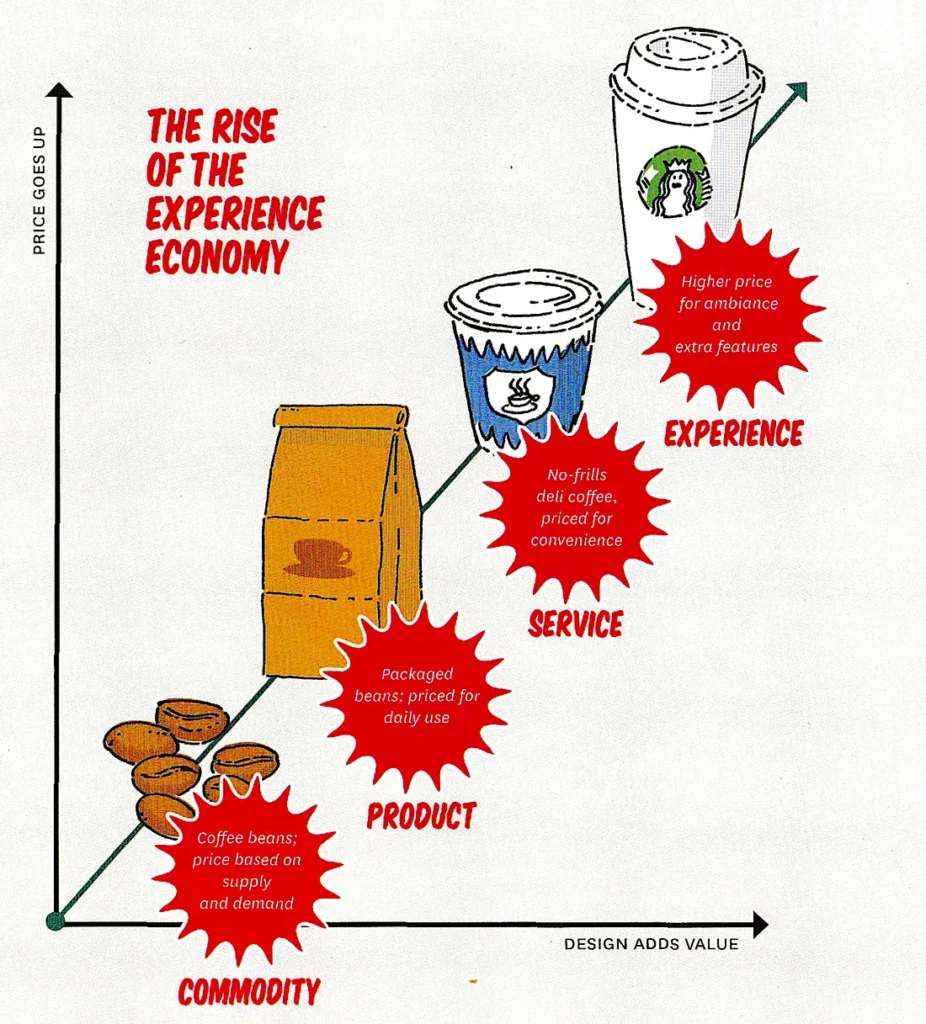
“The Rise of the Experience Economy”
Lush, a cosmetics brand from the UK, builds their whole story around the following words: fresh, handmade, ethical, transparent and honest. These statements come to life in every detail of their stores. Customers connect to their values through sight, smell, sound, touch and even taste. Shop assistants are called “happy people.” Customers are invited to refresh themselves before exploring the store and trying out the products. Some of the fresh ingredients used to make the products, such as plants can be found in the stores as well. Their goal is not only selling products, but educating people about being environmentally conscious. They don’t try to hide anything, rather proudly show off that they fight against animal testing, and that all the ingredients in their products are 100% vegan, ethically purchased and handmade. They even place a drawn image of the employee who created that specific product. All of these elements combined help tell the story of their brand as exposed, raw and honest.
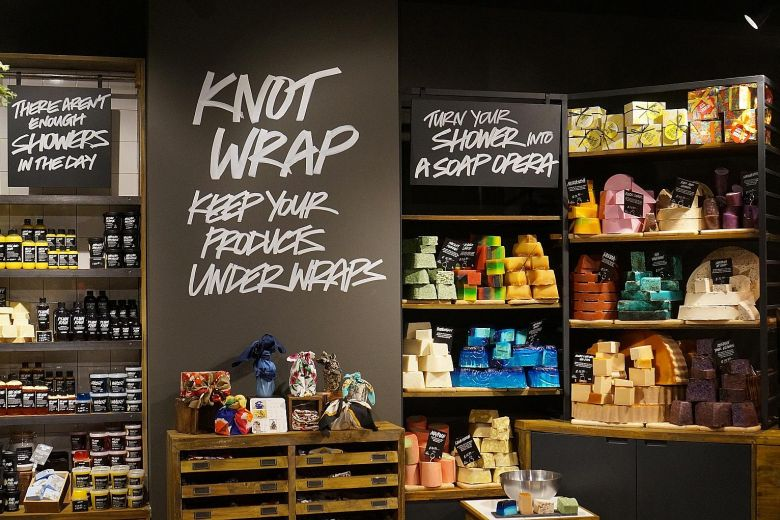
” Largest Lush store opens in Singapore”
Emotional Journey
A customer’s relationship to a certain product or service changes and evolves over time. The customer’s energy rises and falls as they feel curiosity, pleasure and satisfaction. They may also hit negative stages with frustration, anger or doubt. Their emotions towards a brand can be shown visually using journey maps. The difference between a simple plot and an emotional journey map is that a plot shows a series of events that make up a story, while an emotional journey map shows the feelings that inspire those events. Emotional journey maps help designers to think like the customers, and anticipate the potential lows and highs they encounter on their journey. This tool helps brands to understand and improve their customer’s relationship with a product or service.
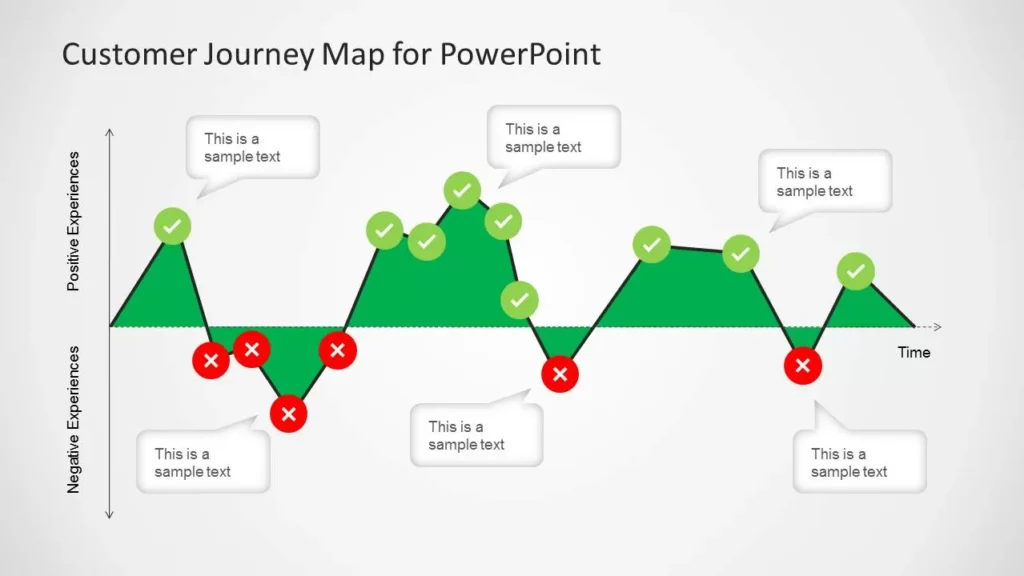
“Emotional Journey of Finding a Summer Course”
Building a Deeper Story
Retail brands keep discovering how to move from a more product-centric focus to a consumer-centric retail model through storytelling. They make use of the fact that stories help consumers remember things. They have control over the flow of information and when done right, they engage emotions. Once consumers are emotionally involved there is a significant impact on purchase decision-making. In the next article we will explore the different techniques that influence the human mind through design. We will show how utilizing these techniques can have an effect on customers.

